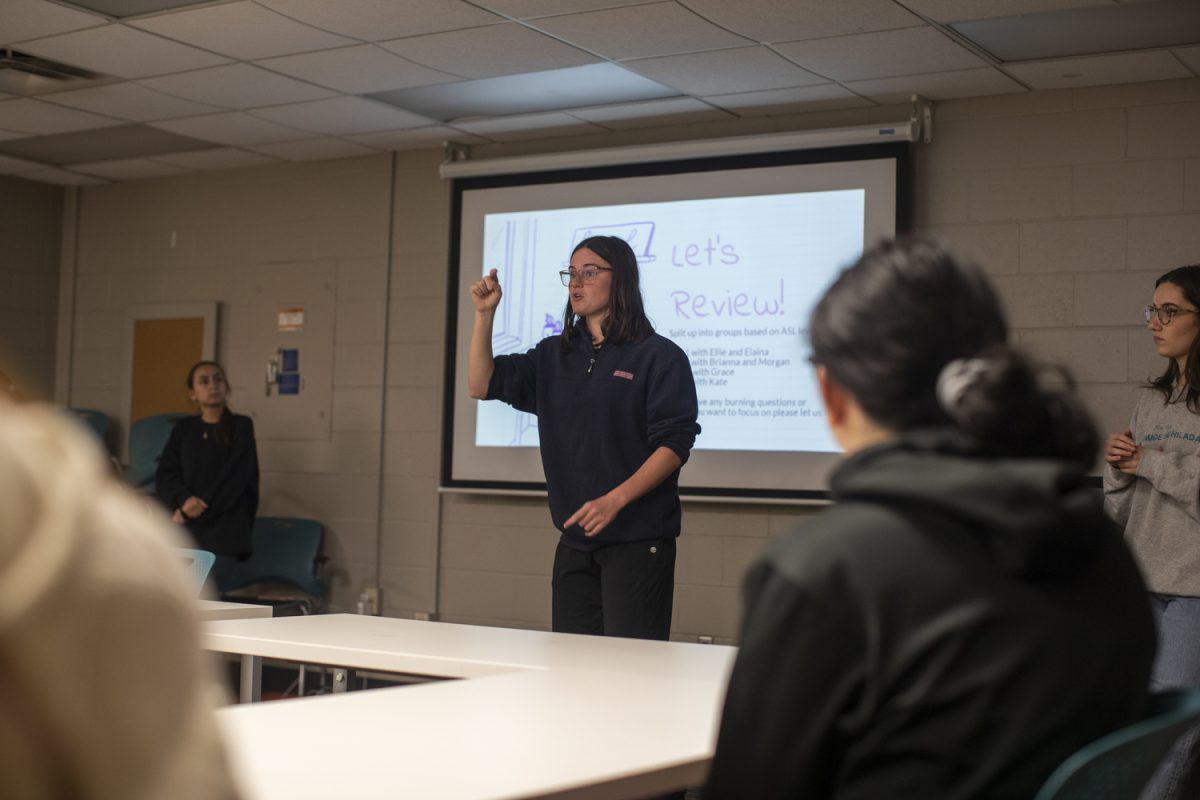Ongoing road diet plans receives substantial support to help decrease the number of traffic collisions in Iowa City.
By Anis Shakirah Mohd Muslimin
[email protected]
Although it may seem counterintuitive, Iowa City is working to narrow some roads by reducing lanes as part of a “road diet” plan.
City of Iowa City engineer Jason Havel said narrow lanes could help reduce traffic collision and provide safer driving environments compared to wider lanes.
“A number of studies have shown that [road diet] is safer for vehicles, it reduces the numbers and severity of crashes, and it allows for onsite biking facilities,” he said.
The concept behind road diet is the reduction of lanes to decrease conflict points, while separate turning lanes decrease collisions, intended to cut down on weaving and keep traffic smooth.
The project, however, is still in its early stages as the city engineering division is analyzing the necessity of going forward with the road-diet proposals. Funds are in place for future work.
The Iowa Department of Transportation has backed the idea of road diets through the Traffic Safety Improvement Program through a $500,000 grant rewarded for such projects on both First Avenue and Mormon Trek Boulevard.
“We are currently in the process of selecting a design [and] looking at the traffic analysis to see if a road diet will in fact work,” Havel said.
The City Council has yet to decide a specific date the project will begin, but it will probably start sometime in winter depending on the outcome of design and traffic analysis, Havel said.
Some road diet plans include the addition of bicycle lanes.
The idea to narrow down the roads in Iowa City has received generally positive feedback and support from city officials and members, despite pushbacks from local motorists.
“I favor the idea despite pushbacks from motorists,” said City Councilor Jim Throgmorton.
Some motorists are concerned about the idea seeming counterintuitive and the roads becoming less safe as a result.
“The narrower lanes tend to slow traffic down and leads to safer condition,” said City of Iowa City Manager Geoff Fruin.
An FHA study of road diets in Iowa found a 47 percent reduction of total crashes among various sites in the state.
However, road diets are not the only solution to decreasing traffic accidents, especially in more crowded and packed places such as downtown Iowa City.
The key to increasing roadway safety is through roadway designs and enforcement of speed limits, Throgmorton said.
Along with decreasing traffic collisions, road diets also provide bicyclists with their own dedicated bicycle lanes and help pedestrians reduce crossing distance, Havel said.
The lack of bike lanes near or in downtown Iowa City means bicyclists often share the road with motorists.
“It’s pretty cramped up. There’s a lot of things going on,” said bicyclist and UI senior George Doll.
Mark Wyatt, the executive director of the Iowa Bicycle Coalition, supports the creation of bike lanes or protected bike lanes through road diets.
Thorgmorton said he believes any effort to improve the downtown streets to accommodate both bicyclists and motorists together will be hard and will be a “political problem between motorists and bicyclists.”







